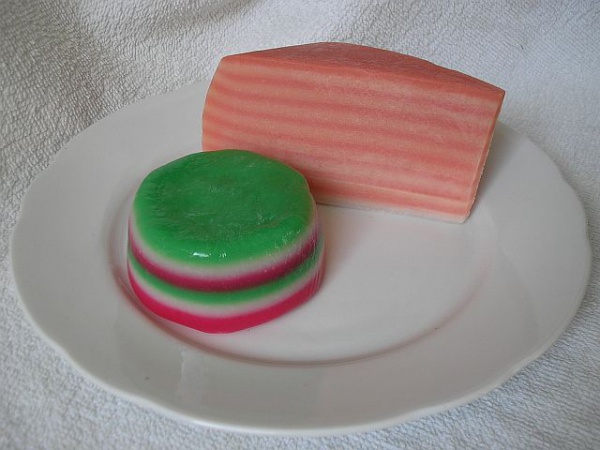Facts About Khanom chan
Khanom Chan is an enduring Thai dessert, intimately tied to auspicious ceremonies for many generations. The term "Khanom" translates to dessert, while "Chan" means layer in Thai, alluding to its distinctive multi-layered structure. Traditionally, Khanom Chan is steamed into nine layers, a number that symbolizes prosperity in Thai culture.
This delectable treat is celebrated for its fragrant aroma, delicate sweetness, and slightly greasy texture imparted by coconut milk. Its smooth yet sticky consistency makes it a uniquely enjoyable dessert experience.
The origins of Khanom Chan trace back to the Sukhothai period, an era marked by Thailand's extensive trade with China and India. These interactions fostered a rich exchange of cultural and culinary practices. The nine-layer design of Khanom Chan was often used in sacred ceremonies, such as home blessings and weddings, where it was believed to bring happiness and progress to both the maker and the consumer. In some regions, it's also referred to as Khanom Chan Farh, further enhancing its auspicious significance.
To prepare Khanom Chan, you will need tapioca flour, arrowroot starch, rice flour, mung bean flour, sugar, coconut milk, and either food coloring or pandan juice. Tapioca flour gives the dessert its soft and translucent quality, while arrowroot starch adds a sticky texture. The rice and mung bean flours provide the firmness necessary to maintain its layered shape.
Khanom Chan is more than just a dessert; it is a piece of Thai heritage, embodying the rich history and cultural traditions of Thailand.

 Malaysia
Malaysia